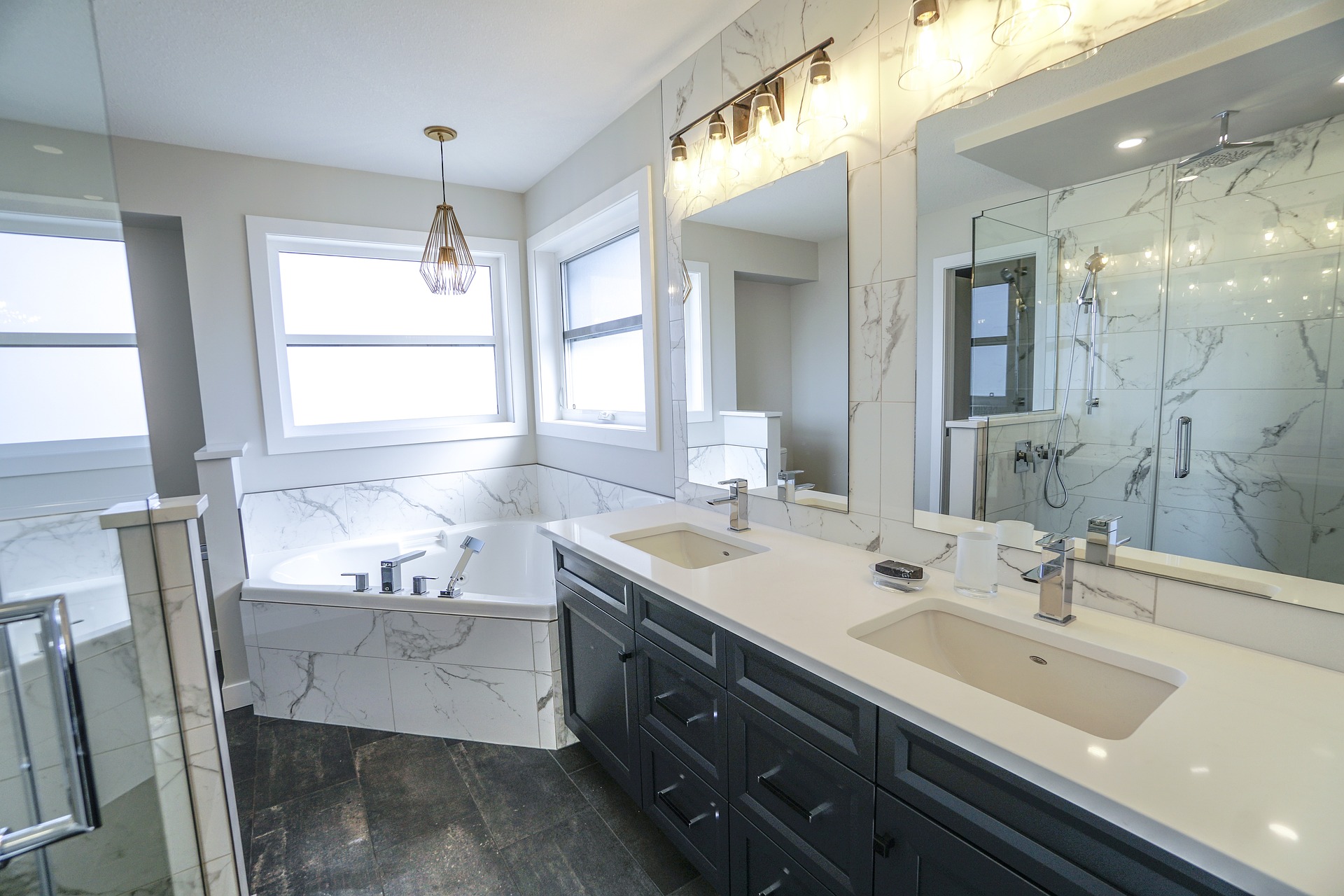Bathroom Remodel: Ideas and Budget Planning Considerations
A bathroom remodel represents one of the most valuable home improvements you can undertake, potentially increasing your property value whilst creating a more functional and aesthetically pleasing space. Whether you're dealing with outdated fixtures, limited storage, or simply desire a fresh look, understanding the various options and financial considerations is essential for a successful renovation project.
What are popular bathroom remodel ideas to consider?
Contemporary bathroom design trends focus on creating spa-like environments that maximise both functionality and visual appeal. Walk-in showers with rainfall showerheads have become increasingly popular, often replacing traditional bathtubs in smaller spaces. Installing heated flooring adds luxury whilst providing practical comfort during colder months.
Storage solutions play a crucial role in modern bathroom design. Floating vanities create the illusion of more space whilst providing essential storage underneath. Built-in niches within shower areas eliminate the need for hanging caddies and create clean, streamlined appearances. Consider incorporating dual-purpose furniture such as ottoman storage benches or mirrored medicine cabinets to maximise utility.
Smart technology integration is transforming bathroom experiences. Motion-sensor lighting, programmable thermostatic shower controls, and smart mirrors with built-in displays are becoming standard features in high-end renovations.
How can I effectively plan my bathroom remodel budget?
Effective budget planning begins with establishing a realistic total amount you’re comfortable spending, then allocating percentages to different project components. Industry professionals typically suggest dedicating 30-35% of your budget to labour costs, 20-25% to fixtures and fittings, 15-20% to flooring and wall treatments, and maintaining a 10-15% contingency fund for unexpected issues.
Start by obtaining multiple quotes from local services to understand regional pricing variations. Create detailed lists of required materials, fixtures, and finishes, researching costs thoroughly before making commitments. Consider the long-term value of your investments - higher-quality materials may cost more initially but often provide better durability and aesthetic longevity.
Timeline planning directly impacts budget management. Rushed projects often result in premium pricing for materials and labour, whilst well-planned renovations allow for strategic purchasing during sales periods.
What factors influence bathroom remodel costs?
Several key factors significantly impact overall renovation expenses. Room size obviously affects material quantities and labour hours, but layout complexity often matters more than square footage. Moving plumbing or electrical systems substantially increases costs compared to working within existing layouts.
Material quality represents another major cost variable. Basic ceramic tiles might cost £15-25 per square metre, whilst premium natural stone options can exceed £100 per square metre. Similarly, standard mixer taps range from £50-150, whilst designer or smart fixtures can cost £300-800 or more.
Local building regulations and permit requirements vary by area and project scope. Structural changes, electrical work, or plumbing modifications may require professional certifications and inspections, adding to overall expenses.
How do different bathroom remodel alternatives compare in cost?
Renovation approaches vary significantly in both scope and expense. Cosmetic updates involving paint, accessories, and minor fixture replacements typically cost £1,000-3,000 for average-sized bathrooms. Mid-range renovations including new flooring, vanities, and standard fixtures generally range from £5,000-12,000.
Complete high-end renovations with premium materials, custom features, and potential layout changes can exceed £15,000-25,000. Luxury renovations incorporating smart technology, heated floors, and designer fixtures may cost £30,000 or more.
| Renovation Scope | Typical Cost Range | Duration | Key Features |
|---|---|---|---|
| Cosmetic Update | £1,000-3,000 | 1-2 weeks | Paint, accessories, minor fixtures |
| Mid-Range Remodel | £5,000-12,000 | 2-4 weeks | New flooring, vanity, standard fixtures |
| Complete Renovation | £15,000-25,000 | 4-8 weeks | Layout changes, premium materials |
| Luxury Remodel | £30,000+ | 6-12 weeks | Custom features, smart technology |
Prices, rates, or cost estimates mentioned in this article are based on the latest available information but may change over time. Independent research is advised before making financial decisions.
How can I save money on my bathroom remodel?
Strategic cost-saving approaches can significantly reduce overall expenses without compromising quality. Consider retaining existing plumbing and electrical layouts whenever possible, as relocating these systems represents one of the most expensive renovation aspects.
Mixing high and low-end materials creates visual impact whilst managing costs. Invest in quality fixtures that receive daily use, such as taps and shower systems, whilst choosing more affordable options for decorative elements like tiles or paint colours that can be easily updated later.
Timing your renovation strategically can yield substantial savings. Many retailers offer significant discounts during end-of-season sales, particularly for flooring and fixtures. Additionally, scheduling work during contractors’ slower periods may result in reduced labour costs.
What are important considerations for long-term bathroom remodel planning?
Long-term planning ensures your renovation remains functional and stylish for years to come. Consider future accessibility needs, even if not immediately relevant. Installing reinforcement for potential grab bar placement and ensuring doorways accommodate mobility aids requires minimal additional investment during construction but proves invaluable later.
Choose timeless design elements for major components whilst incorporating trendy aspects through easily replaceable accessories. Neutral colour schemes for tiles and fixtures provide longevity, whilst towels, artwork, and decorative elements can reflect current style preferences.
Water efficiency considerations benefit both environmental impact and long-term utility costs. Low-flow toilets, water-saving showerheads, and efficient tap aerators reduce consumption without sacrificing performance. Many water-efficient fixtures qualify for local authority rebates, further improving return on investment.
Planning your bathroom remodel requires balancing immediate desires with long-term practicality and financial considerations. By understanding popular design trends, developing realistic budgets, and considering various renovation approaches, you can create a space that enhances both daily functionality and property value whilst staying within your financial parameters.





